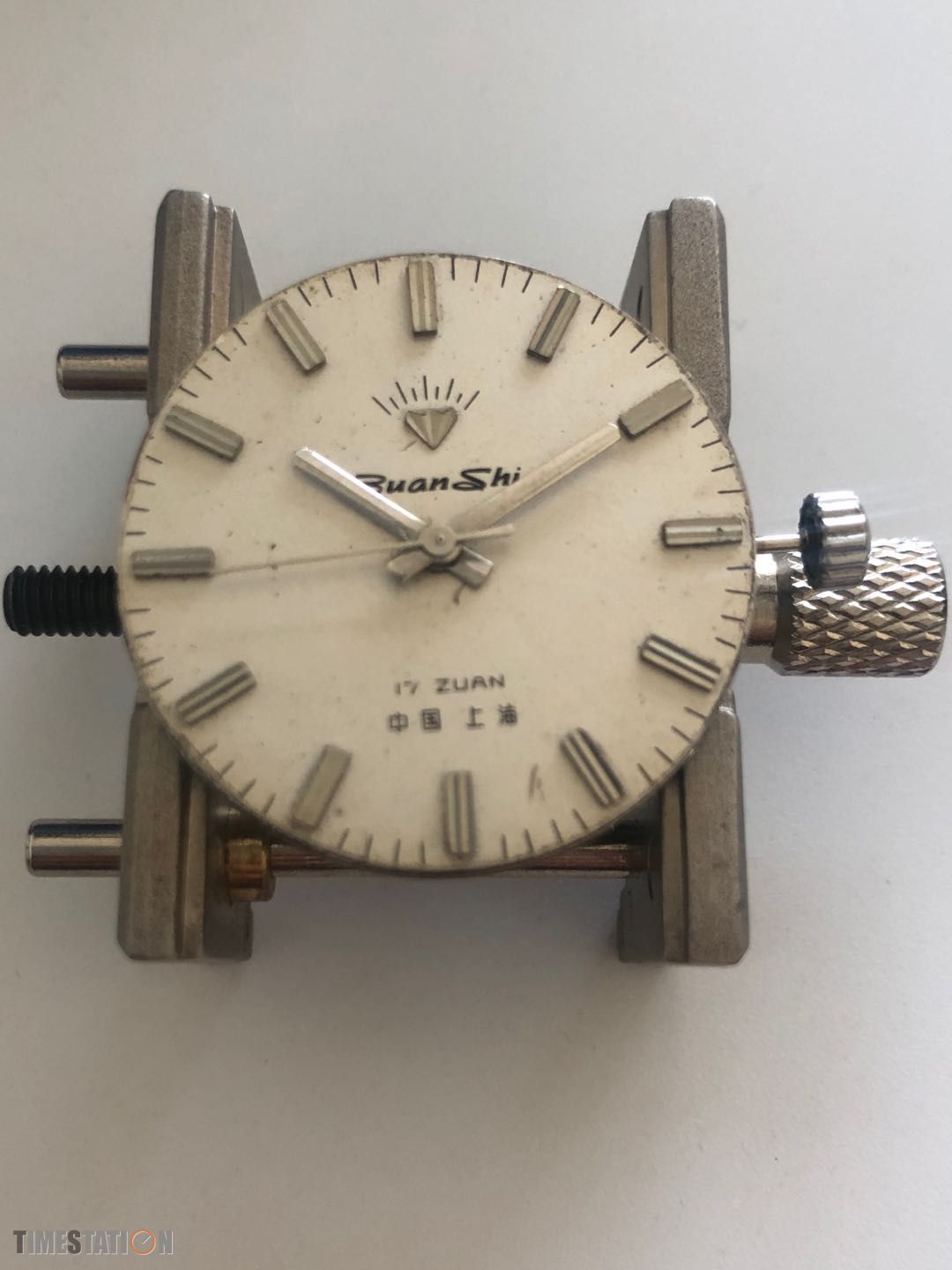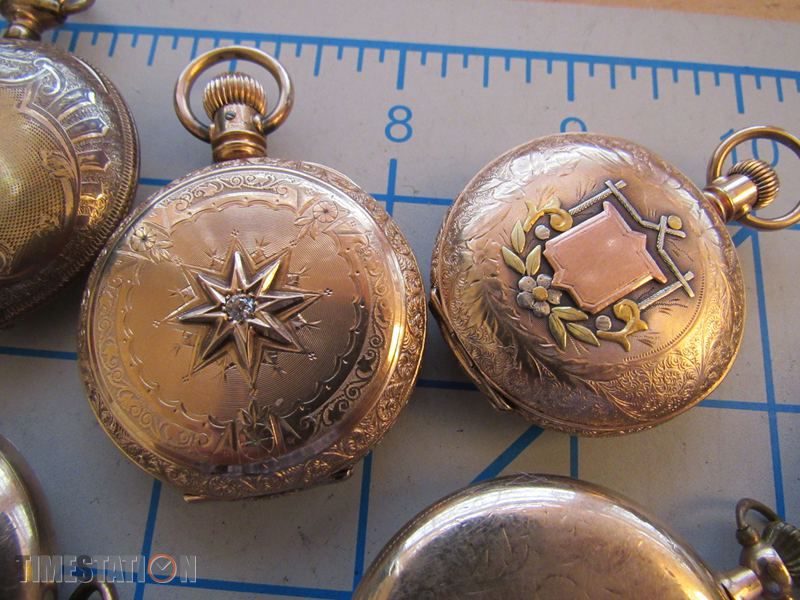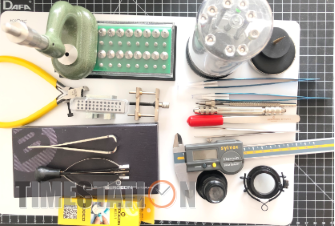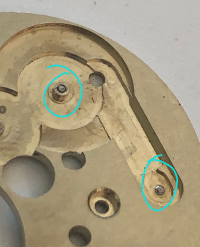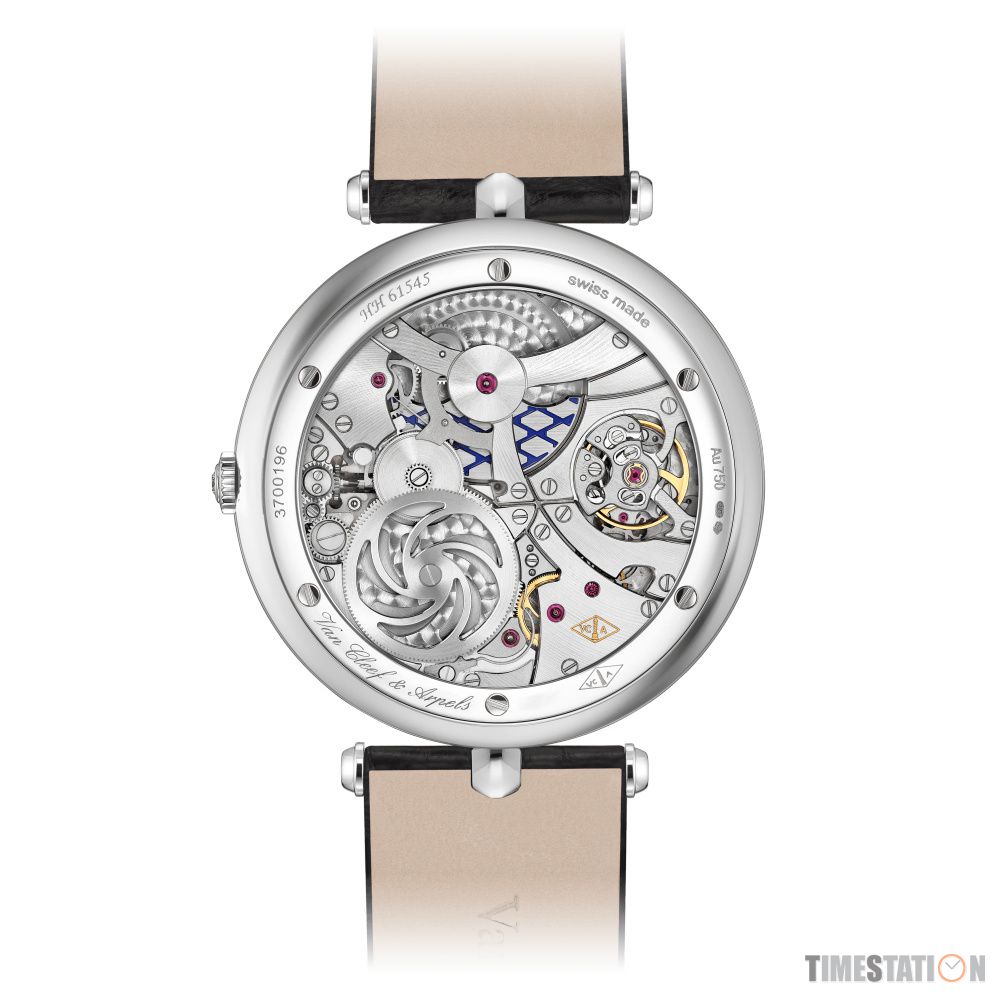|
|

Visually, the dials of Octa Perpetual and Octa Calendrier differ little: the time is indicated on the right subdial, the day in the upper window, the month in the bottom window and the day of the month by a retrograde hand overhanging the dial and which follows a graduation on the left. They differ so much little that they seem identical. The question which thus comes to mind is to know where is the leap year display. The clever way consists in indicating it only during February. In the months window, February is displayed according to the following sequence: 1FE - 2FE - 3FE and BFE, B meaning bissextile. This system makes it possible to gather two indications in one thanks to the months disc where the part dedicated to February is truncated to let appear the disc of the bissextile display (1-2-3-B). It would have been thus possible to make visible the sequence 1-2-3-B in a permanent way by also truncating the other months but, for reasons of legibility and after all, the concept of leap year is useful only in February, choice was made to use this solution.

Very often, taking into account the prestige of the complication, the Perpetual Calendar watches use noble metal cases. Like a thumb your nose, the case of Octa Perpetual is made of titanium. Paradoxically, the use of this material, unusual for François-Paul Journe, reinforces here the exclusive character of this Octa produced in a limited series of 99 watches. On the other hand, the ruthenium & gold dial is more traditional in the context of a Journe limited series (the sector of the date as well as the part dedicated to the time and small second display are made of silver).

If the case is made of titanium, the crown as well as the pusher at 8 o'clock are made of pink gold and bring contrast with the case. That gives an original style to the watch but I would have preferred that these two elements have a color closer to titanium.
But what is the role of this pusher? As always with Journe, the watch does not comprise any corrector. All is operated by the crown (day, month, day of the month). The pusher, which cannot be activated inadvertently makes it possible to quickly correct the months: it is by activating this pusher that I could adjust the watch on position BFE so that you can see the particular display of the February month.
While turning over the watch, we discover the caliber 1300-3 which has a thickness lower than 6mm. We are here in a very familiar ground: this 3hz frequency caliber has a power reserve of around 160 hours and uses the same architecture & layout of the Octa Calendrier caliber. It has 271 components, 30 more than the Annual Calendar caliber. To be honest with you, we don't see where Journe put these 30 extra parts! Its finishings are typical to the Journe style with the golden guilloché and slightly decentred rotor, the ringed côtes de Geneva and the plate & bridges made out of gold. The care to the details contributes to the beauty of the caliber.


The diameter of the case is 40mm and its thickness 10,6mm. The shape of the lugs enables it to fit well the wrist and titanium brings its lightness even if the weight of the movement represents a large part of the overall weight. The watch is worn with comfort and it is well positioned (even if I am not fan of the clasp).

François-Paul Journe, through this Octa Perpetual, reminds us what should be a true limited series watch: a watch which is characterized not by a simple variation of colors of the hands or of the dial but by the complication it proposes. In spite of some aesthetic details which I do not like, this Octa Perpetual is a successful addition to the range of complications offered by the Octa collection. It is also a beautiful way to celebrate the fifth birthday of the first Journe Boutique in the world.

A big thank to the happy owner of this watch which enabled me to discover it.
Fr.Xavier
|
|
